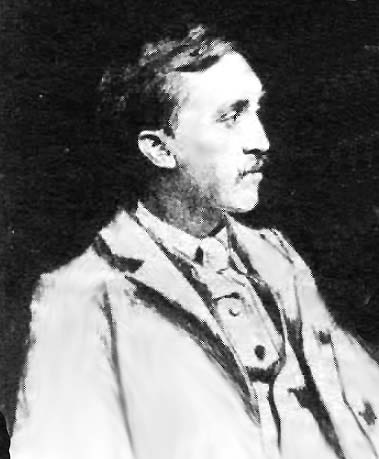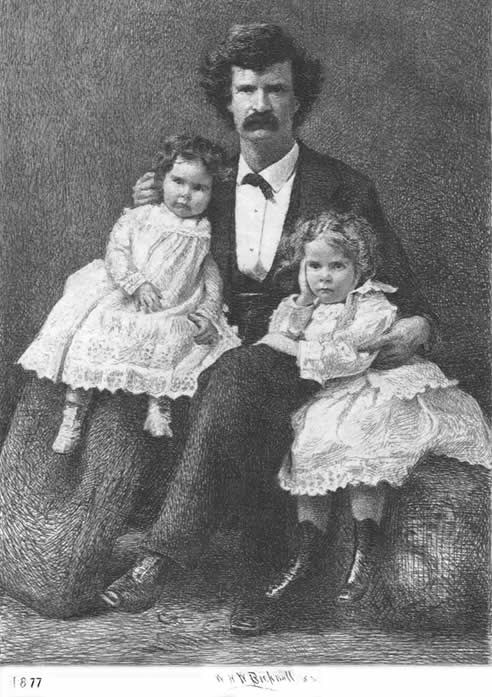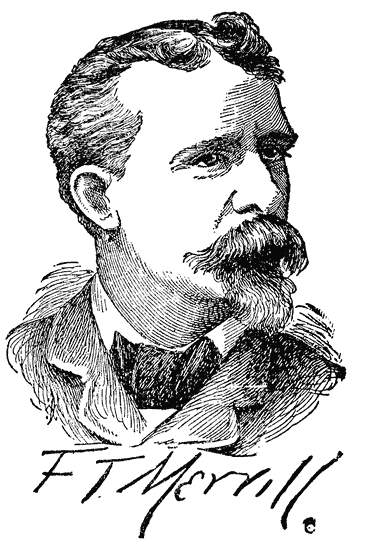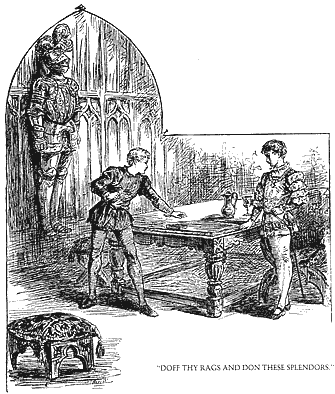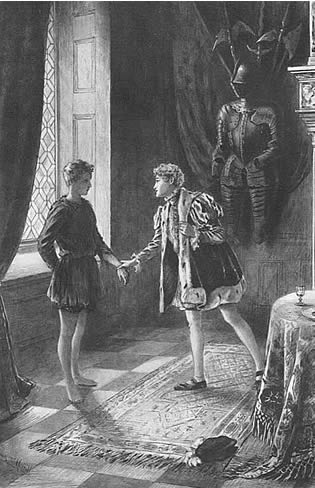SPECIAL FEATURE
by Barbara Schmidt
A History of and Guide to
UNIFORM EDITIONS OF MARK TWAIN'S WORKS
"If I knew it would never sell a copy my jubilant delight
in writing it would not suffer any diminution."
- letter to William Dean Howells, 5 March 1880
Chapter 18
Brief Overview of Volume 15:
The Prince and the Pauper
History of the 1881 First Edition
The Prince and Pauper is a story set in England in the year 1547 and centers around Prince Edward VII and a poor boy named Tom Canty who switch identities. It was the first historical novel Clemens wrote and according to him was inspired by Charlotte Yonge's The Little Duke, written in 1854. He began writing the story about 1877, set it aside while he wrote A Tramp Abroad (1880), and returned to the story to complete it in February 1881. The book comprised about 73,000 words in a preface, 33 chapters, plus notes and a conclusion. Clemens arranged with James R. Osgood of Boston to publish the story as a subscription book.
|
James R. Osgood was an owner of Atlantic Monthly magazine. In 1878 Osgood had merged with Henry O. Houghton to form Houghton, Osgood and Company. By 1880 Osgood launched his own publishing company. Osgood's book design director was Andrew Varick Stout Anthony (b. 1835 - d. 1906). From 1860 to 1866 Anthony had supervised the engraving department for the New York Illustrated News -- a newspaper edited by Thomas Bailey Aldrich. From New York, Anthony had moved to Boston and from 1866 to 1889 he supervised the illustration projects for Ticknor and Fields; Fields, Osgood and Company; and finally James R. Osgood Company. Osgood and Anthony hired Boston-area artists Frank Thayer Merrill (b. 1848 - d. 1936), John J. Harley (b. 1840), and Ludvig Sandöe Ipsen (b. 1840) to illustrate the first edition of The Prince and the Pauper. British publishers Chatto and Windus issued The Prince and the Pauper on December 1, 1881 and Osgood issued the American edition eleven days later. After James R. Osgood and Company declared bankruptcy in 1885, Osgood went to work for Harper and Brothers as their London agent. After 1894 Andrew Varick Stout Anthony was also employed by Harper and Brothers. Clemens acquired the unsold stock of The Prince and the Pauper which totaled about 5,000 copies. Clemens's own publishing firm Charles Webster and Company issued another edition in 1892. In an agreement dated May 23, 1895, the rights to The Prince and the Pauper were conveyed to Harper and Brothers for inclusion in a uniform edition of Mark Twain's works that Harper and Brothers were undertaking. Harper released a new edition of the book in their uniform red cloth with gold cornstalk binding in 1896. |
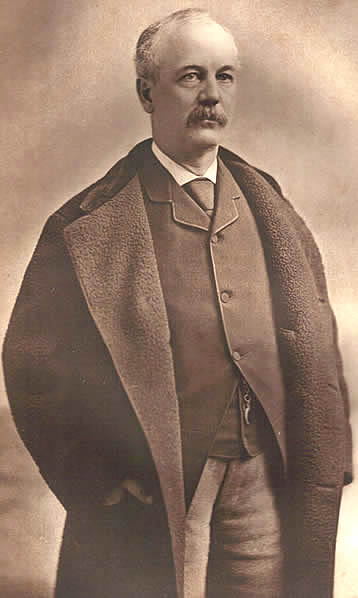 James Ripley Osgood (b. 1836 - d. 1892) publisher of first edition of The Prince and the Pauper |
Refining the Work
In an agreement between Harper and Brothers and American Publishing Company, dated December 31, 1896, American Publishing Company acquired the rights to include The Prince and the Pauper in their 1899 uniform edition of Mark Twain's works. Under a second agreement dated November 11, 1898 Frank Bliss was allowed to manufacture new printing plates that would immediately become the property of Harper and Brothers. By producing a new set of plates in Hartford, Bliss could save transportation costs and insurance involved in shipping the plates from New York.
The 1899 uniform edition of The Prince and the Pauper offered Clemens an opportunity to revise and refine his work. However, there is little evidence to suggest he took an active interest in doing so. However, production of the new 1899 plates had the potential to introduce inconsistencies into the texts that were the result of typesetting errors.
|
Frank Bliss intended to correct any errors for subsequent printings and hired Forrest Morgan (b. 1852 - d. 1924), a fastidious proofreader, to weed out errors. Morgan, a former editor of the Hartford Travelers Record and later an assistant librarian at Watkinson Library in Hartford, read from a set of the Royal Edition to mark errors. Clemens was familiar with the work of Forrest Morgan in Travelers Record. When Clemens wrote "Stirring Times in Austria" in 1897 he quoted from a long passage he credited to Morgan to describe the history of disunity in the Austro-Hungarian empire. "Stirring Times in Austria" was published in Harper's Monthly in March 1898 and is reprinted in Volume 22. Morgan's 22-volume set of the Royal Edition with his annotations is in the Beinecke Rare Book and Manuscript Library at Yale University, a gift from William Lyon Phelps in 1922. |
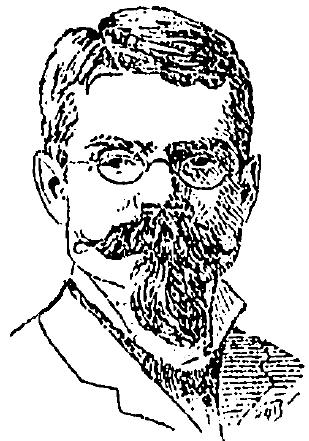 Forrest Morgan, proofreader for the 1899 uniform edition, helped refine the works for subsequent editions. |
The most comprehensive examination the texts of The Prince and the Pauper was done by the editors of the Mark Twain Project for The Works of Mark Twain edition published by University of California Press in 1979. The editors used Clemens's handwritten manuscript along with examination of the first editions. The editors also examined Forrest Morgan's notes regarding his proofreading. The title page of The Prince and the Pauper is preceded by a facsimile of an ancient letter in hard-to-decipher script known as "the Latimer letter" to Lord Cromwell on the birth of Edward VI. A printed transcription of the letter appears on the opposite page. Morgan wrote to Frank Bliss, "I don't know whose deciphering this is, but it is wrong in many places. FM." Bliss, in turn consulted Clemens who wrote back instructing Bliss to let the original transcription that had appeared in the 1881 first edition stand because the errors were not important. (Twain, 1979, p. 422). The editors for the Mark Twain Project further concluded that Clemens did not make any changes for literary purposes. The first edition text of the Latimer letter remained uncorrected until the 1979 edition of The Prince and the Pauper from University of California Press.

